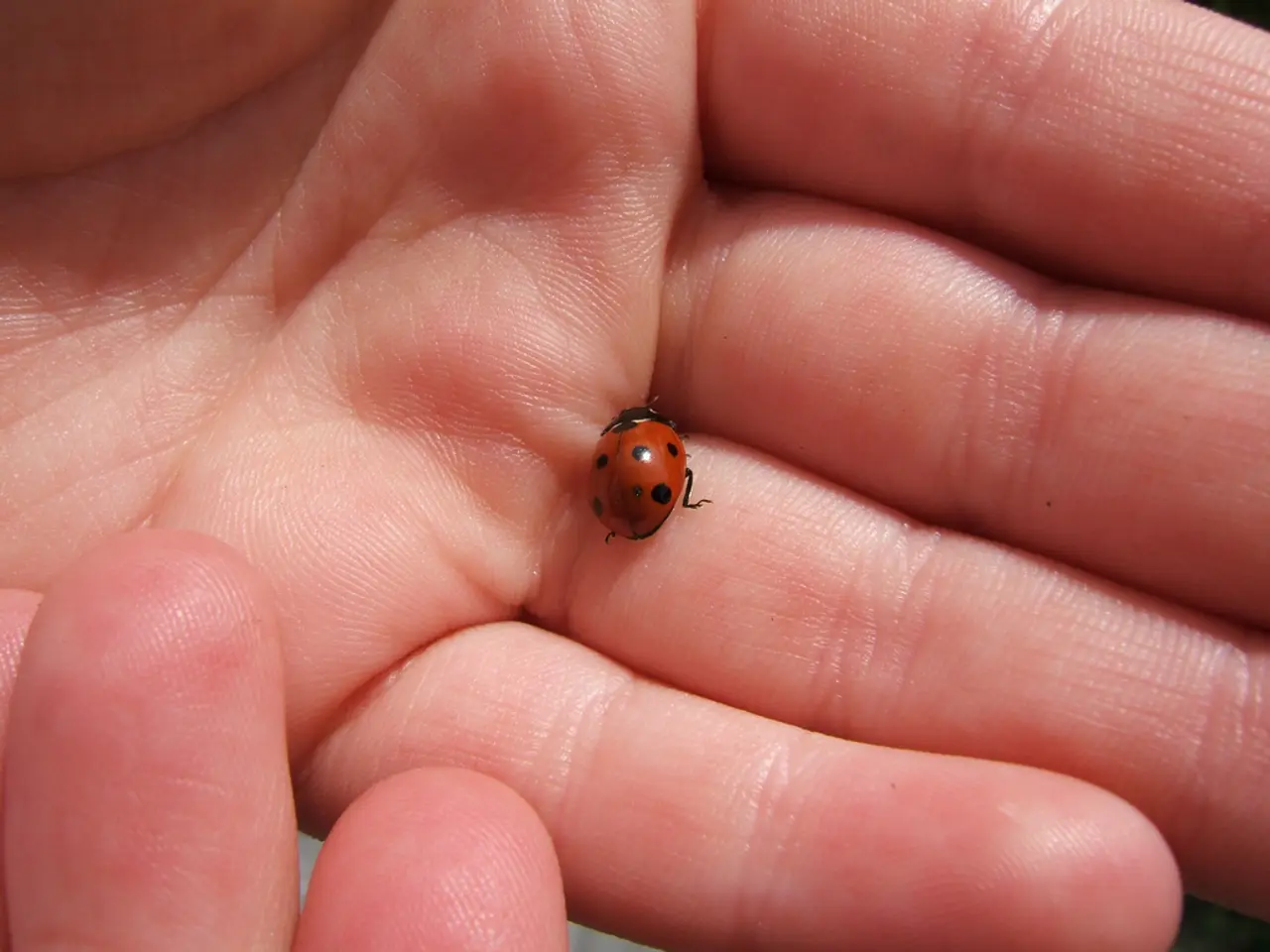Understanding Charcot-Marie-Tooth condition: An examination
Charcot-Marie-Tooth Disease: Understanding the Most Common Types
Charcot-Marie-Tooth (CMT) Disease is a group of inherited neurological disorders that primarily affect the nerves controlling muscle movement and sensation in the arms and legs. The most common types of CMT are CMT1A, CMT1B, and CMT1F, each with distinct genetic causes and clinical features.
CMT1A is the most common inherited peripheral neuropathy, caused by a duplication of the PMP22 gene. Characterized by primarily demyelinating neuropathy, CMT1A leads to progressive weakness and sensory loss in the distal limbs. Symptoms often include foot deformities such as pes cavus (high-arched feet), distal muscle weakness, and diminished reflexes. Onset usually occurs in childhood or early adulthood.
CMT1B is caused by mutations in the MPZ gene encoding myelin protein zero. It is an autosomal dominant disorder with variable onset ranging from infancy to middle age. Patients typically show progressive motor symptoms that predominate over sensory issues, including muscle weakness, loss of balance, foot deformities, and clumsiness. Early onset forms may present with delayed walking and thin lower legs, while late-onset forms manifest milder phenotypes attributed to subtler structural changes in myelin.
CMT1F is a rarer subtype caused by specific genetic mutations, with predominant features tied to primary peripheral demyelinating neuropathy. Symptoms include distal muscle weakness and atrophy, pes cavus, segmental peripheral demyelination and remyelination, and distinctive pathological features such as onion bulb formations and myelin outfoldings. Patients exhibit reduced reflexes (hyporeflexia or areflexia), distal sensory impairment, and sometimes tremor.
Common characteristics of CMT1 subtypes include their primary effect on peripheral nerves by demyelination, causing slowed nerve conduction velocities. Clinical signs include distal muscle weakness, sensory loss, foot deformities (e.g., pes cavus), decreased or absent reflexes, and gait abnormalities (foot drop, slapping gait). Disease progression is generally slow but leads to disability over time.
Living with CMT requires a proactive approach to management, with daily strategies including physical therapy, orthotic devices, podiatry care, and assistive devices to help individuals maintain independence and improve their overall well-being. If you suspect you or a loved one may have CMT, consult a healthcare professional for a thorough evaluation and personalized care plan.
Understanding the various types of Charcot-Marie-Tooth Disease is essential for effective management and treatment. In addition to the common types discussed, there are other forms of CMT, such as CMT4, which can be more severe and are often associated with additional complications. Ongoing research in the field of CMT includes genetic research, stem cell therapy, drug development, and clinical trials, with the aim of improving treatment options and understanding the disease better.
Read also:
- Eight strategies for promoting restful slumber in individuals with hypertrophic cardiomyopathy
- Exploring the Strength of Minimally Digestible Diets: A Roadmap to Gastrointestinal Healing
- Secondhand Smoke: Understanding its Nature, Impact on Health, and Additional Facts
- Could a Secret Heart Rhythm Device Infection Be Causing Your Illness?





